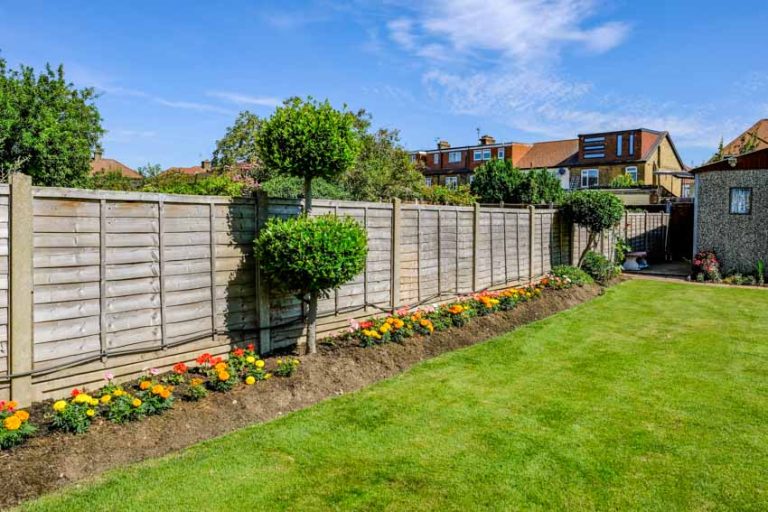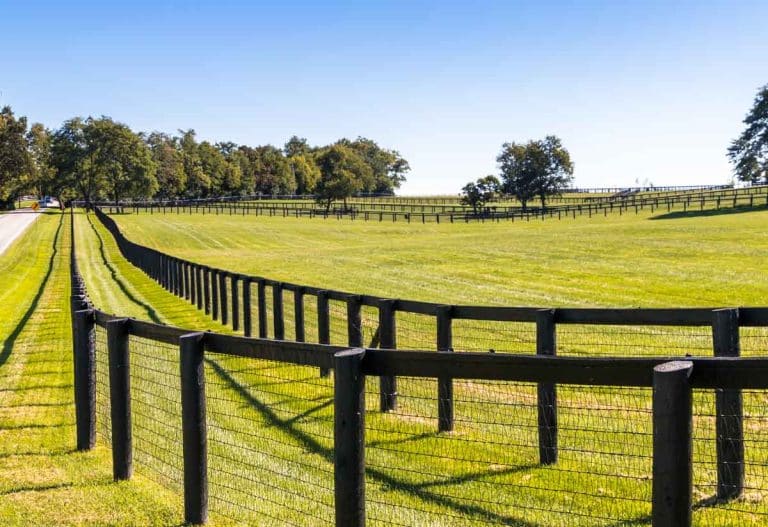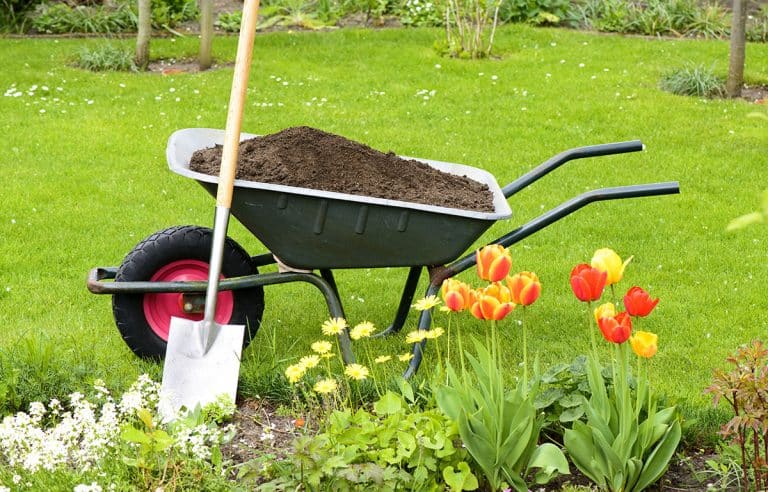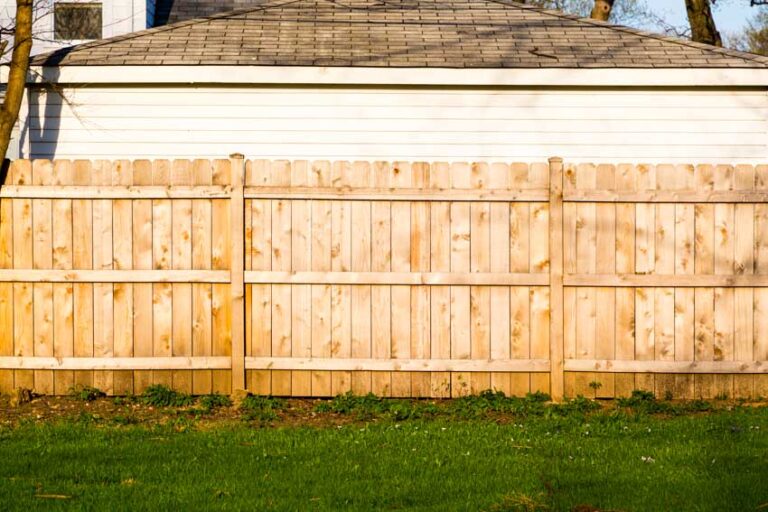Fence Material Calculator: For Easy Project Planning
Planning a DIY fencing project? Our handy Fence Materials Calculator makes it easy to estimate exactly what you’ll need to get the job done. Simply enter key details – desired fence length and height, plus post and panel dimensions. Choose your preferred building materials – wood, metal, vinyl and more. Input costs too. With one click, our calculator determines total posts and panels required, then provides a full budget breakdown including precise material expenses.
Fencing Materials Calculator
How the Fence Calculator Works
Now you can design your perfect fence with confidence! Our easy-to-use tool factors in post spacing, costs per post/panel and other key measurements. It does the math so you don’t have to. Just input your specifics and the calculator delivers a detailed materials list and cost estimate to inform your planning and purchases. No more guesswork – get the facts upfront to tackle your next fencing endeavor stress-free and on budget.
Focus on bringing your vision to life knowing our Materials Calculator has you covered for vital quantities, sizes and budgeting. Spend less time figuring and more time building your beautiful new fence!
Example: Suppose you would like to build a fence that is 100 feet long, with posts spaced 8 feet apart, and are using 6 ft-high posts and panels that are 8 feet wide. If each post costs $20 and each panel costs $50, the calculator will determine:
- Total Number of Posts Needed: 14 (100 / 8 = 12.5, rounded up to 13, plus one more post for the end)
- Total Number of Panels Needed: 13 (100 / 8 = 12.5, rounded up to 13)
- Total Cost for Posts: $280 (14 posts * $20)
- Total Cost for Panels: $650 (13 panels * $50)
- Total Cost: $930 ($280 for posts + $650 for panels)
The results will show the total amount of materials needed and the price to complete your project. (This calculator is for entertainment purposes only. Make sure to double check materials and prices.)

How to Save Money On Fencing
Building a fence is a big investment, but with some savvy planning you can save money without sacrificing quality. First, opt for affordable materials like pressure-treated wood over pricier cedar, consider durable, low-maintenance vinyl, or go very budget with chain link.
You’ll also want to shop around and buy materials in bulk whenever possible to score discounts. If you’re handy, install the fence yourself using online tutorials instead of hiring a professional.
When designing your fence, minimize waste by carefully planning the layout ahead of time to maximize standard material lengths. Keep things simple with straightforward lines rather than ornate shapes that require more intricate fabrication. And get creative by repurposing reclaimed wood or other recycled products to cut costs. Maintaining your fence properly with regular sealing and repairs will also help it last longer, avoiding expensive replacements.
You have solid options. Let’s compare the pros and cons of some wallet-and-elements-friendly fence materials:
Using wood for the fence is a popular choice and selecting the right wood for a new fence is an important decision. Redwood and cedar are both great options that offer natural good looks and weather resistance. But they vary in cost, durability, and availability.
Redwood boards usually cost 25-50% more than similar cedar lumber. Why the price premium? Old growth redwood is extremely scarce, driving up market prices. Second growth redwood is more available but supply is still limited.
In contrast, efficient cedar tree farms keep supply steady and affordable. Despite the higher initial outlay, redwood’s exceptional longevity makes it a smart long-term investment. Weighing cost against value, redwood is the superior choice if your goal is a beautiful, lifelong fencing solution. Cedar offers an attractive look for less money. Of course, finding the wood that is most abundant in your area will help you save the most money.
Pressure-treated wood hits the wallet-friendly mark and stands up to rot and insects thanks to treatment. But the trade-off is you’ll need to stain it regularly to maintain that fresh, new fence look.
Chain link fencing is essentially bottom-dollar. It also laughs in the face of weather and practically installs itself. Too bad it turns a blind eye on privacy and aesthetic appeals.
Vinyl fencing has your back when it comes to nearly maintenance-free durability. No painting or staining required! But be prepared to shell out more money initially. Lifespan can balance that investment long-term though.
Bamboo makes an eco-conscious, visually pleasing choice, scoring high on style points. When pretreated properly, it wards off wear-and-tear, too. Maintenance still factors in, so be prepared.
Welded wire steps up on affordability and durability fronts when coated to resist corrosion. The tradeoff? This lightweight option falls short on privacy provision and beauty points.
See the trend? Every fencing option has pros and cons to weigh. Key is balancing your practical needs like budget, maintenance abilities, climate conditions and installation difficulty with aesthetic priorities and intended fence purpose. Mix and match must-haves to narrow it down and make the ideal choice for your specific fence needs.
You can also consider money-saving living fence alternatives like hedges or plantings that provide an organic, eco-friendly barrier. Just note these take time to grow. And when installing fence posts, space them optimally rather than overloading for savings on materials. Finally, if hiring a pro, get multiple quotes and negotiate for the best deal. And don’t forget to research local building codes for any permit or regulation requirements in advance.
By following these budget-friendly tips, you can build an attractive, quality fence around your property without breaking the bank. A bit of planning goes a long ways when every dollar counts!






